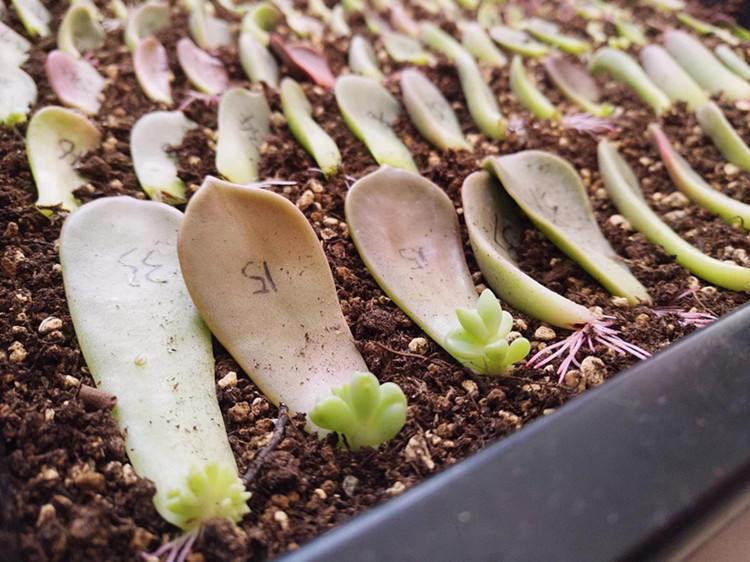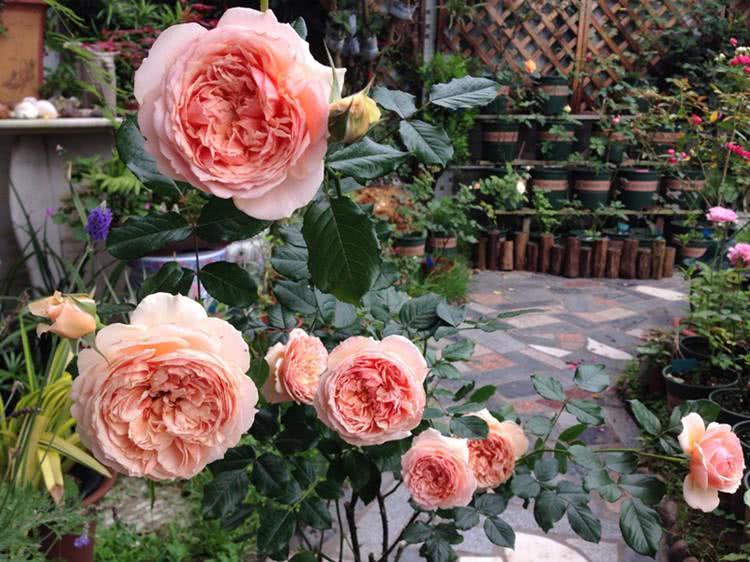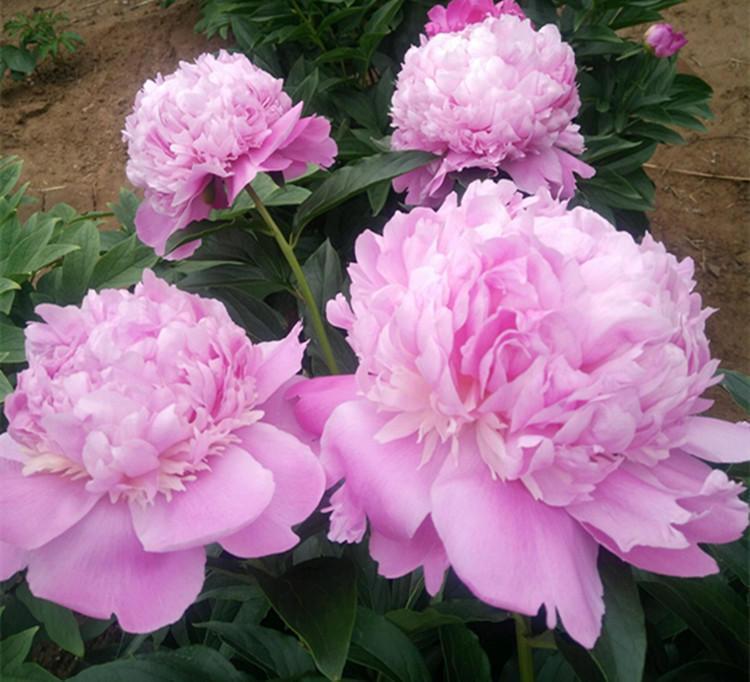Don't say you don't know the way to blow up the succulent plant in autumn.

Succulent leaf insertion is really a very meaningful thing for enthusiasts, and we all know that leaf insertion has a relatively high success rate, and it is easy to make succulent plants explode. Therefore, take advantage of autumn, first learn the technique of leaf insertion, not afraid of autumn succulent will not burst the pot.
1. Insertion time of succulent leaves
Although it can be said to be spring, summer and autumn, the editor suggests that spring and autumn should be chosen as far as possible. it is no problem as long as the temperature is higher than 15 ℃, but after all, the high temperature in summer will have some impact and the success rate is slightly lower.
2. Selection of succulent leaves
Not all meat is suitable for leaf insertion, so don't go in the wrong direction at first, and it doesn't hurt to choose some cheap meat to practice your hands. The leaves used for leaf insertion should choose the old leaves that are mature and healthy and have a fuller leaf shape. In addition, in order to make the leaves full, it is best to pay attention to replenishing some nutrients to succulent plants at ordinary times, using liquid fertilizer and watering roots once a week.
Note that there are three choices, moth-eaten leaves are not selected, yellowing leaves are not far away, and tender leaves are not selected. After selecting a good leaf, you can gently roll off the leaf, pinch the leaf with your hand, and then turn a circle or shake it left and right, so that the leaf growth point is complete and green for the leaf growth point that has just been broken. We must avoid this.
3. Succulent leaves to dry
Leave the healthy leaves under scattered light for 3-5 days, and the wound heals. At the same time, the leaves may collapse or wrinkle slightly in the process. If the leaves are healthy, it doesn't matter at all. If the collapse is serious, but there are still no roots and buds, it also shows that the leaves are not very healthy. Of course, you can stay and continue to observe. If the air humidity is appropriate (40% 50% during the day and more than 75% at night), the leaves will begin to sprout and take root in the air.
4. Selection of environment, container and soil for succulent leaves.
For the environment, in fact, before the emergence of seedlings and roots, if the humidity is enough (such as in the south), there is no need for soil. However, in the north where the air is relatively dry, because the environmental humidity is not enough, seedling soil or vermiculite can be selected to raise leaves, so that water can be artificially sprayed on the soil surface to provide the necessary humidity.
As long as you are not tired, any soil can be planted by leaves, but it is troublesome and needs to be sprayed with water a few more times. The choice of containers is fine as long as they are not too deep, and truly skilled people can insert succulent plants into plastic bottles. And the most important thing is to concentrate certain leaves in a ventilated and astigmatic place.
5. Plant succulent leaves in pots
The girl also said that it is to buy a basin, not to put on the basin, so we must make a clear distinction. Place the leaves horizontally with the leaves facing up (that is, the side on which the leaves grow on the flesh). The position of the growing point must not be buried in the soil, the burying of the growing point will lead to the occurrence of only roots and no buds. What you don't know is that there are more active stomata on the back of the leaves. Only when these stomata smell water will they wake up from dormancy and then take root and sprout.
During this period of time, all we need to do is to wait patiently to control the water and protect against the sun. water can be watered every two or three days, remember that the unit is "dripping", otherwise it is very likely to turn yellow or black rot. And try not to direct sunlight, put on the balcony and other well-ventilated places to spread the sun.
- Prev

The Beginning of Autumn was shot in the last three inappropriate rose lies.
After the Beginning of Autumn last week, many people thought that the temperature would drop somewhat, but the scorching heat still made a lot of people sweat. As for the rose, the Beginning of Autumn is different after that, and there are often all kinds of problems, so to speak, as long as.
- Next

Equinox peony old do not bloom how to raise it?
Peony, as one of the four famous flowers, it blooms, graceful grace, and flowers are big and gorgeous. However, in the maintenance of peony, there is such a sentence: "the vernal equinox peony does not bloom old", how can we raise peony this kind of...
Related
- Wuhan Hospital Iron Tree Blooming Result Was Instantly Frightened by the Gardener Master
- Which variety of camellia is the most fragrant and best? Which one do you like best?
- What is the small blue coat, the breeding methods and matters needing attention of the succulent plant
- Dormancy time and maintenance management of succulent plants during dormancy
- Minas succulent how to raise, Minas succulent plant pictures
- What are the varieties of winter succulent plants
- How to raise succulent plants in twelve rolls? let's take a look at some experience of breeding twelve rolls.
- Attention should be paid to water control for succulent plants during dormant period (winter and summer)
- Watering experience of twelve rolls of succulent plants
- Techniques for fertilizing succulent plants. An article will let you know how to fertilize succulent plants.

